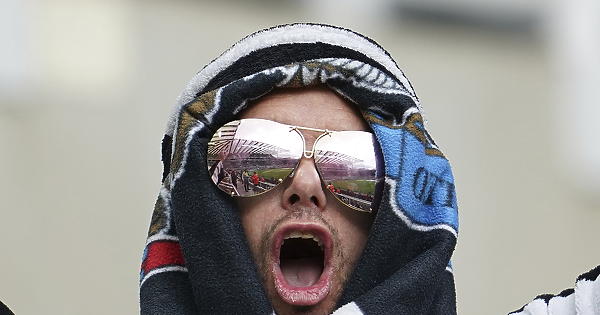A crowd brochure for the match was published with a golden cover. Burning English fans sat in the stands. Protests against the assassination of Jamal Hasegaudia protested the Saudi takeover in front of the stadium, while the new president, Yasser Al-Rumayyan, was well received. A standing ovation from the St James’ Park crowd. Back after a nearly 900-day boycott, a group of Wor Flags fans created a massive choreography to celebrate that the city of Newcastle is recovering from all the ordeal. The champion against Tottenham had to be boycotted temporarily to save the life of the garbage driver who fell ill in the stands. Host Newcastle eventually suffered a 3-2 defeat. It was a strange sunday.
The new football journey has arrived at Newcastle United.
Dreams are woven on Saudi money
If we look for an example of a ‘sleeping giant’, a club with huge but untapped potential, Newcastle United are always among the first. Founded in 1892, the team has a lot to offer: a fanatical and football-loving crowd, a large local base (Newcastle upon Tyne and around Tyneside is the eighth largest in the UK), great traditions (four league titles, six cup victories, the Cup VVK) and unfulfilled dreams (the club has not won a championship since 1927, the cup since 1976). Most of the roughly the same size, long-running and long-unsuccessful clubs have an in-city rival – Newcastle United not, although there is a strong rivalry with nearby Sunderland.
In early October, the Premier League agreed to take over Newcastle United after a year-and-a-half investigation into a consortium that had bought club owner Mike Ashley, who had run the “magpie” since 2007.












































